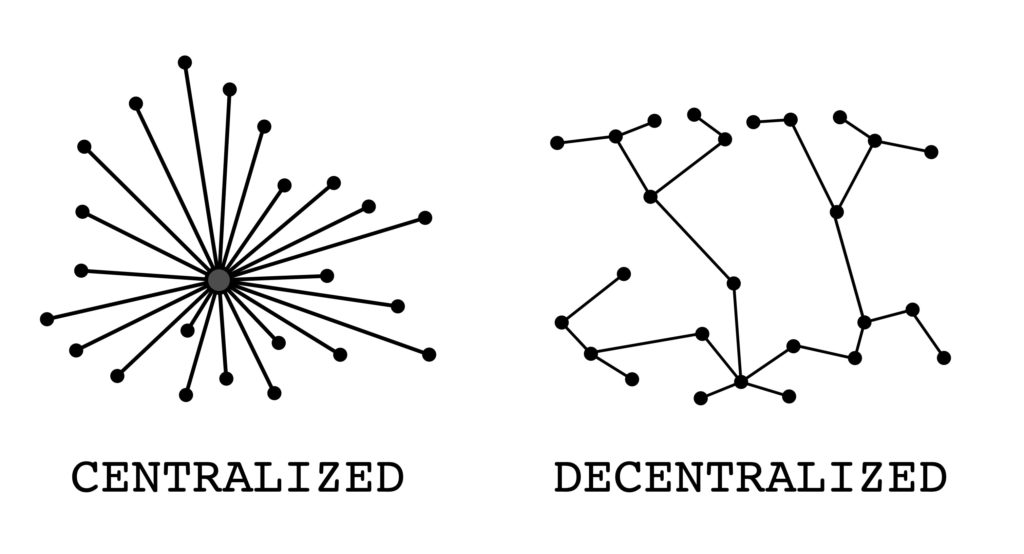
A single source of truth is the paradigm that sells PLM and many other systems. PDM and PLM providers used and continue to use this model as a fundamental thing when selling PLM vision, strategy, software, and technology. It is still a dominant model behind most PLM implementations in the world. While a single source of truth is so powerful, an introduction of online models and SaaS applications can raise many questions about what is the single source of truth and what is the trajectory of the single source of truth paradigm will be developed in the future.
Back two years ago, I was speaking at PI Congress in Chicago about how to extract more business value from PLM. Check out my article and the presentation.
How to Extract More Business Value from PLM (Product Lifecycle Management) from Oleg Shilovitsky
One of the points I want to come back is related to building data networks in manufacturing. I’ve been exploring this question and wanted to share some of my observations and conclusions related to how data networks can transform the PLM paradigm from a fully centralized paradigm to a decentralized model and what will happen with the concept of a single source of truth as a result of that transformation.
From A Single Database To Shared Data
The collaboration was always the challenge and PLM systems for decades focused on how to improve so-called internal and external collaboration. But modern manufacturing conditions are challenging the definition of the borders between what is called internal and external. The data is often shared and the process of sharing is not always very structured. Large OEM companies can claim they control data using PLM vaults, but in fact, the data is often shared downstream in many forms. There is a strong demand from all companies, large and smalls to provide a better way to share data between organizations. This is a place where modern cloud PLM systems are aiming.
Connected Data
You can hear a lot about connected information, digital thread, and the abilities of cloud systems to streamline communication. While it is certainly true, the devil is in details as I like to say. The data lives in many places and in many systems and to support this type of connection is a challenging task. A typical set of enterprise software (eg, ERP, PLM, and others) is usually pumping a lot of data between the systems and performing many synchronizations. Such an approach solves operational aspects of business process management but can put a lot of questions about how to deal with tons of data in flux.
SaaS and Distributed Version of Truth
SaaS made its first appearance in PLM about 20 years ago, but until very recently raised many questions about what elements of SaaS are important to make it successful. The long history of SaaS goes back maybe 30-40 years when it was first introduced as an ASP model. While business aspects of SaaS such as the subscription model remain the same, technology is what made SaaS thrive and ASP to die. Multi-tenant data management and web technologies created a successful foundation for SaaS business for the last two decades and now SaaS PLM technologies are ramping in manufacturing.
In my article What is PLM circa 2020, I shared my view on how modern SaaS technologies will transform a single source of truth paradigm. The key point of the transformation is related to the establishment of multiple connected web services holding data and connected to each other. Such web services are intertwined, data lives in multiple places, and updated all the time. Such updates should not be a point of concern because such systems are holding a history of the data as well. All such systems are managing versions and revisions that are intertwined. This is the beginning of the true digital thread and the end of a single source of truth paradigm.
As an example, you can check online services such as OpenBOM (disclaimer – I’m co-founder and CEO), Autodesk Forge, Autodesk Fusion 360, Onshape, and some others. All these services are available online and can be connected together. The truth is now online and distributed. It is not located in a single database in a single company. It lives in multiple places and it updates all the time. The pace of business is always getting faster. To support such an environment, companies need to move onto different types of systems – ones that are global, online, optimized to use information coming from multiple sources, and capable of interacting in real-time.
What is my conclusion?
The PLM paradigm is shifting from central to decentralized. The paradigm of connected digital services is also a departure from isolated SQL-based architectures running in a single company. The data is connected, web services keep all the history and provide access to a distributed version of truth. Such modern architecture is also continuously updated, which makes the problem of system upgrades a thing in the past and irrelevant as everyone is running on the same version of the same software. Furthermore, the cost of systems can be optimized and SaaS systems can serve small and medium-size companies with the same efficiency as large ones. Just my thoughts..
Best, Oleg
Image credit Kes47 (?) / CC BY-SA
Disclaimer: I’m co-founder and CEO of OpenBOM developing a digital network platform that manages product data and connects manufacturers and their supply chain networks.
The post Learn Why Decentralized Version of Truth Is The Future PLM Paradigm appeared first on Beyond PLM (Product Lifecycle Management) Blog.



Be the first to post a comment.